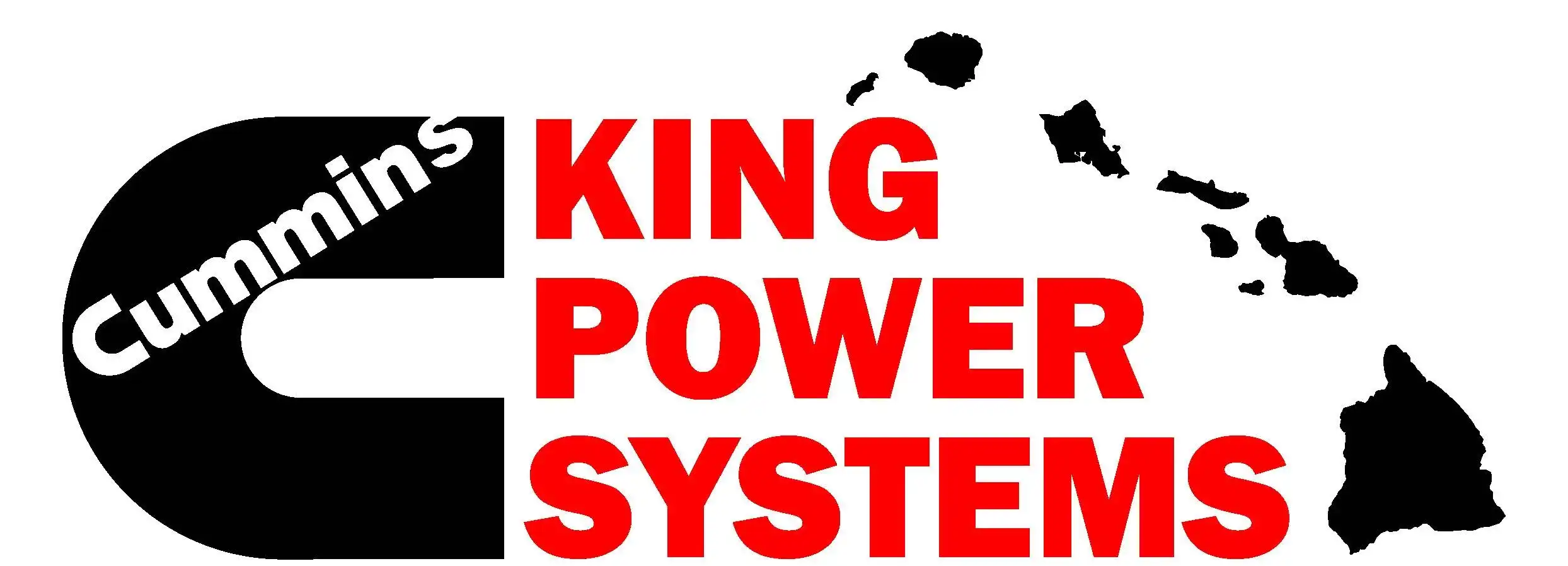61 Hawaiʻi Bridges Need Structural Repair

Although the state has 61 structurally unsound bridges, none of Maui’s bridges were specifically mentioned US Department of Transportation National Bridge Inventory report. Kaʻahumanu Avenue Waiale Road Bridge. Photo by Wendy Osher.
By Maui Now Staff
An analysis of the recently released 2014 US Department of Transportation National Bridge Inventory database finds both good and bad news about the country’s most heavily traveled bridges.
The good news–there are 83 fewer structurally deficient structures in Hawaiʻi than there were in 2013. The bad news–61,000 structurally deficient bridges across the nation are still in need of significant repair.
The analysis of the federal government data conducted by the American Road & Transportation Builders Association shows cars, trucks and school buses cross the state’s 61 compromised bridges almost a million times a day. The most heavily traveled are part of the Interstate Highway System.
The top 10 most heavily traveled, structurally compromised bridges in Hawaiʻi are:
- Halona Street over the Kapalama Canal (Honolulu County)
- Nimitz Highway over the Kapalama Canal EB (Honolulu County)
- Nimitz Highway over the Slip Cover Honolulu Harbor (Honolulu County)
- Nimitz Highway over the Nuuanu Stream WB (Honolulu County)
- Kalanianaole Hwy over the Niu Stream (Honolulu County)
- Farr Highway over the Ulehawa Stream (Honolulu County)
- Farr Highway over the Mailiʻiliʻi Stream (Honolulu County)
- Farr Highway over the Maipalaoa Stream (Honolulu County)
- Kuhio Highway over the Wailua River (Kauaʻi County)
- Kahekili Highway over the Ahuimanu Stream (Honolulu County)
Hawaiʻi ranks 46th place nationally in the number of structurally deficient bridges—61.
Hawaiʻi ranks 44th place in the percentage of its bridges that are classified as structurally deficient—5 percent.
The bridge problem could get a whole lot worse soon, the American Road & Transportation Builders Association warns. The federal Highway Trust Fund is the source of 52 percent of highway and bridge capital investments made annually by state governments. The HTF has suffered five revenue shortfalls from 2008 to 2014, and has been bailed out with nearly $65 billion in revenues from the General Fund just to preserve existing investment levels.
The latest extension of federal highway and transit funding through the HTF expires on May 31 of this year absent congressional action. About a dozen states have canceled or delayed road and bridge projects so far because of the continued uncertainty over the trust fund situation. ARTBA expects that number to increase as the deadline nears.
“State and local governments are doing the best they can to address these significant challenges, given limited resources,” ARTBA Chief Economist Dr. Alison Premo Black said.
Black said bridge investments have been growing in recent years, but it has come at the expense of highway and pavement spending, which has dropped over 20 percent in the last five years.
“Without additional investment from all levels of government, our infrastructure spending will be a zero-sum game,” she said, noting that there is a current backlog of over $115 billion in bridge work and $755 billion in highway projects, according to US DOT data.
“Many of the most heavily traveled bridges are nearly 50 years old,” said Black. “Elected officials can’t just sprinkle fairy dust on America’s bridge problem and wish it away. It will take committed investment by legislators at all levels of government.”
State transportation departments regulary inspect bridge decks and support structures for deterioration and rate then on a scale of zero to nine—nine being “excellent” condition. A bridge is classified as structurally deficient and in need of repair if its overall rating is four or below.
While these bridges may not be imminently unsafe, ARTBA recommends that signs are posted so the public is aware of the structural deficiencies that need repair.
State specific bridge information from the analysis—including rankings and location lists of the 250 most heavily traveled structurally deficient bridges in the nation and top five most heavily traveled in each state—is available online.










